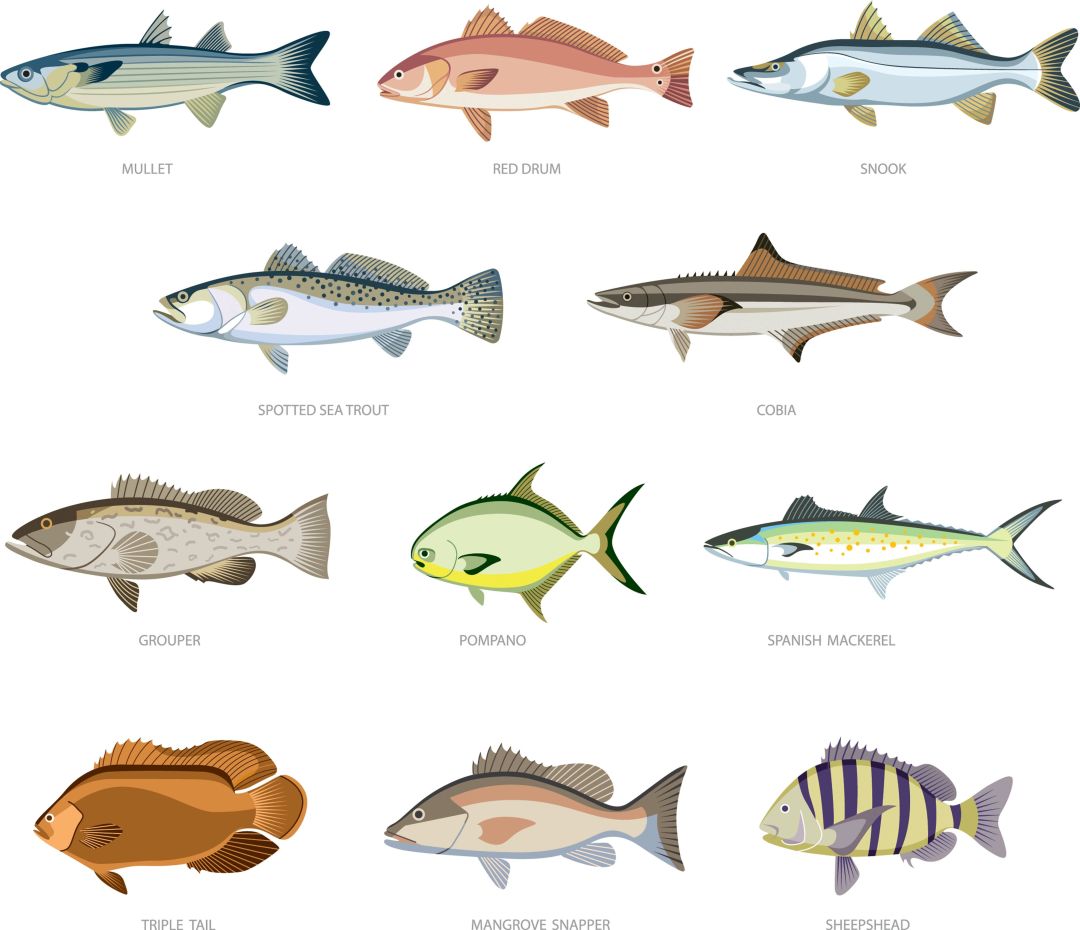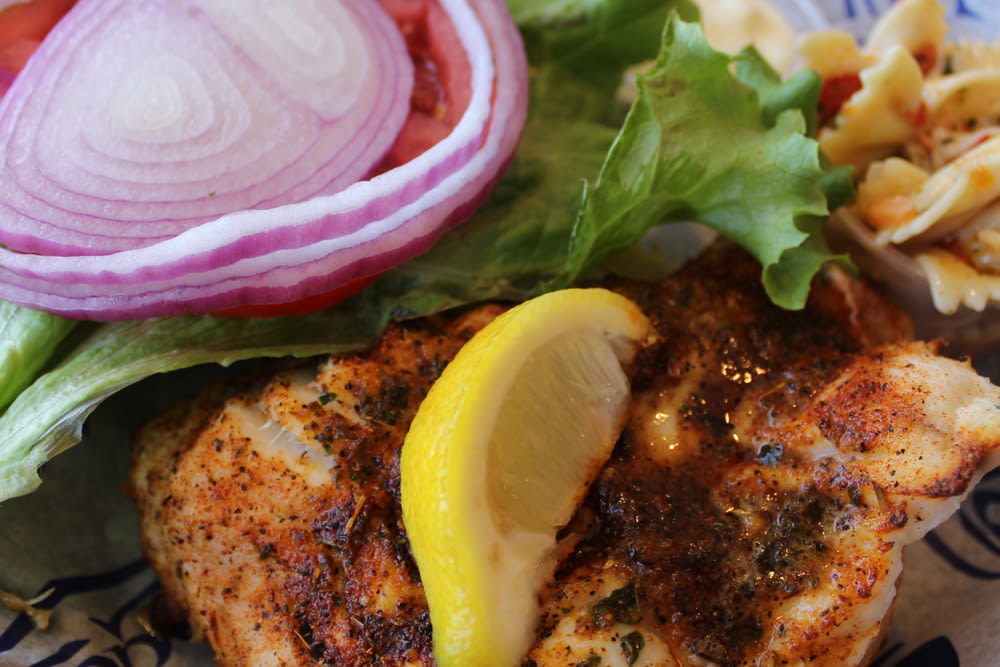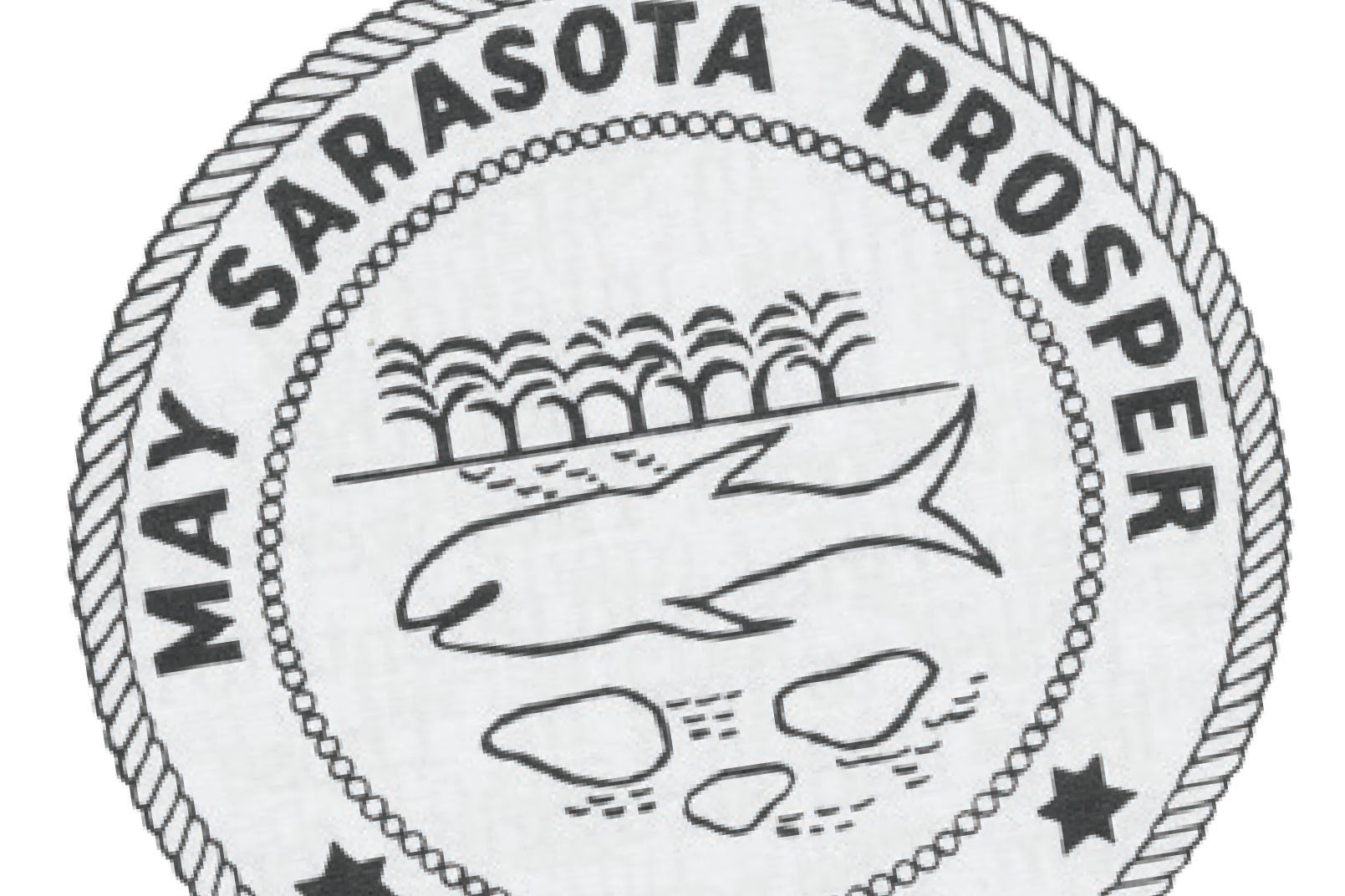Eleven Types of Fish You'll Find in Local Waters

Image: John Pirman
Cobia
Averaging about 30 pounds, cobia is most often found near inlets or bays and can be tough to catch. Its meat is commonly compared to that of mahi-mahi or swordfish—lean and firm. Pair it with a lemon and caper sauce or a jerk seasoning blend.
Grouper
One of the area’s most well-known catches, grouper can be caught year-round, but limitations on how many you can take home do exist. You can fish for several types of grouper, but they all share a firm, meaty texture perfect for a grilled fish sandwich. Don’t forget the hush puppies.
Mangrove Snapper
Also known as gray snapper, this fish is often found near mangrove roots or manmade structures and has two large canine teeth on its upper jaw. Typically smaller than its more famous cousin, red snapper, it has a similarly mild flavor profile that makes it versatile in the kitchen.
Mullet
So iconic that the seal of the City of Sarasota bears its likeness, mullet can be caught all year long and you can bag as many as 50 a day. The fish can be fried or grilled, but its dense, oily flesh tastes best when smoked low and slow. Makes an ideal base for a smoky fish spread slathered on a saltine.
Pompano
Pompano can be caught year-round and can often be found near beaches or oyster beds. Grill them, but be sure to leave the skin on, and season the fish with fresh herbs, lemon juice and plenty of good olive oil.
Red Drum
Also known as redfish, this species likes to congregate near seagrass or muddy or sandy saltwater bottoms. Like snook, regulations dictate when you can catch them. To serve the fish with a Cajun flair, follow New Orleans chef Paul Prudhomme’s famous blackened redfish recipe.
Sheepshead
Catch this vertically striped fish year-round near oyster bars and seawalls. Experts say the species’ flesh tastes similar to the shellfish it consumes. Sear it quickly and use it as the main ingredient in tacos.
Snook
A denizen of mangroves and seagrass beds, snook can be recognized by their big, jutting lower lip. Prized for their great flavor after being grilled or blackened, the fish are protected by tight state regulations, and can only be caught and released at certain times of the year.
Spotted Seatrout
Available most of the year, spotted or speckled seatrout come close to shore in warm months and venture into deeper water when it’s cold. To prepare, pan-fry the fillets after dredging them in seasoned flour. Fun fact: The seatrout isn’t actually a member of the trout family.
Tripletail
Easy to identify because of its distinctive fins, which give the impression that the fish has three tails, tripletail is known for hanging out around manmade structures in the water. Sauté it gently or bake it to highlight the fish’s excellent flavor. You can catch tripletail all year long.
Flounder
This flat fish has two eyes on its left side and lives on sandy and muddy bottoms, where it can change colors to blend in. Except for late October and all of November, you can catch flounder year-round. Dredge filets in flour and pan-fry them, or bake them with plenty of butter and garlic.



